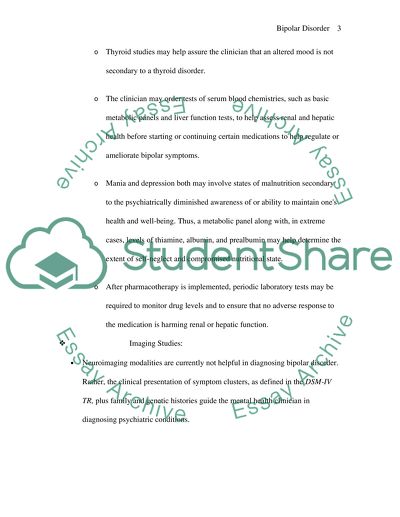Cite this document
(“Biopolar Disorder Essay Example | Topics and Well Written Essays - 2000 words”, n.d.)
Biopolar Disorder Essay Example | Topics and Well Written Essays - 2000 words. Retrieved from https://studentshare.org/miscellaneous/1506118-biopolar-disorder
Biopolar Disorder Essay Example | Topics and Well Written Essays - 2000 words. Retrieved from https://studentshare.org/miscellaneous/1506118-biopolar-disorder
(Biopolar Disorder Essay Example | Topics and Well Written Essays - 2000 Words)
Biopolar Disorder Essay Example | Topics and Well Written Essays - 2000 Words. https://studentshare.org/miscellaneous/1506118-biopolar-disorder.
Biopolar Disorder Essay Example | Topics and Well Written Essays - 2000 Words. https://studentshare.org/miscellaneous/1506118-biopolar-disorder.
“Biopolar Disorder Essay Example | Topics and Well Written Essays - 2000 Words”, n.d. https://studentshare.org/miscellaneous/1506118-biopolar-disorder.


